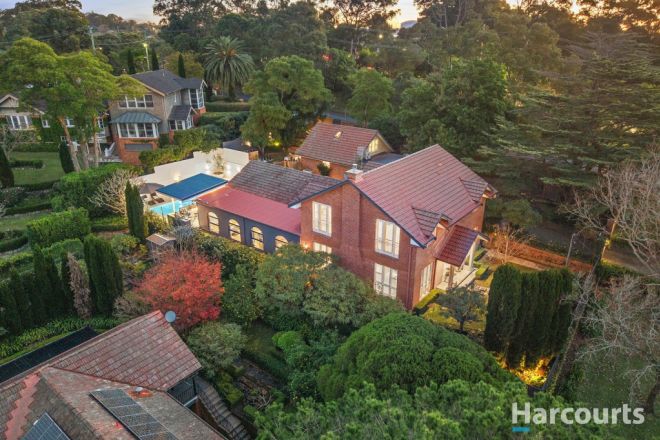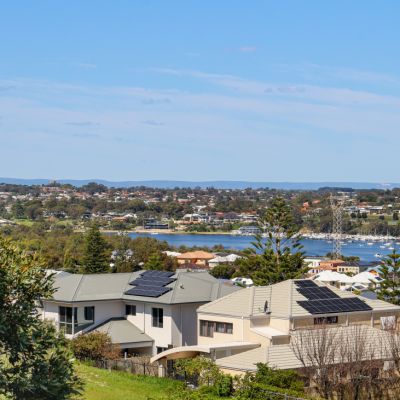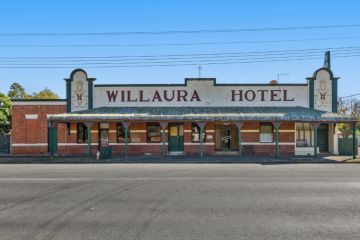Shock interest rate decision: RBA holds interest rates at 3.85 per cent
The Reserve Bank of Australia (RBA) has held interest rates at 3.85 per cent in a surprise show of caution, despite widespread expectations the cash rate would be cut today.
The July interest rate decision, announced on Tuesday, will likely come as surprising and moreover disappointing to those with a mortgage, holding out for what would have been the third interest rate cut of this year.
The RBA monetary policy statement notes that the monthly inflation numbers were still “slightly stronger than expected” and that the board intends to wait longer to confirm that inflation “remains on track to reach 2.5 per cent on a sustainable basis”.
“Uncertainty in the world economy remains elevated,” the statement says.
Just 12 per cent of experts predicted today’s move, according to Finder.
May’s inflation had come in significantly lower than expected and major banks revised their forecasts in kind.
Graham Cooke, head of consumer research at Finder, says today’s decision would not be popular.
“There is still a portion of homeowners who are in severe mortgage stress doing it tough.
“It’s soul-crushing when you think relief is coming only to find that you need to wait another couple months.
“Cut or not, there is still a significant difference between the average and lowest rate available. You can potentially give yourself nearly two rate cuts by getting on the front foot and switching,” Cooke says.
Chief economist at Ray White, Nerida Conisbee, says the RBA’s shock is likely due to the US tariff situation and global uncertainty, which has “stayed their hand”.
“The extension of Trump’s tariff pause until August 1st gives the RBA more time to assess global trade dynamics before making significant policy adjustments,” she says.
“While Australia’s economic fundamentals remain sound with unemployment steady at 4.1 per cent and GDP growth of 0.2 per cent in the March quarter, the RBA appears content to monitor how the extended pause affects global trade patterns before providing additional stimulus.”
The four experts who correctly predicted the hold cited good inflation figures and a stable economy.

Tim Reardon from the Housing Industry Association explains, “Unemployment is still low and the RBA will prefer to see the official quarterly CPI data at the end of July.”
Cameron Murray from Fresh Economic Thinking says CPI is in the target band and there weren’t any sudden changes to key economic metrics.
Andrew Wilson from My Housing Market says: “Current rate settings have achieved a balance between growing consistency in maintaining the RBAs inflation target and a strong economy reflected in a robust and resilient labour market”.
Nalini Pr from UNSW Sydney says she thinks the RBA will, “wait and see what happens in the next quarterly CPI before making any decisions about the path of interest rates”.
There are still two more cuts forecast for later this year and the Domain Forecast Report Financial Year 2026 recently predicted house prices are set to hit record highs .
| Capital City | FY25 growth | FY26 growth | FY25 median | FY26 median |
| Sydney | 4% | 7% | $1,717,107 | $1,829,576 |
| Melbourne | 0% | 6% | $1,046,246 | $1,112,623 |
| Brisbane | 5% | 5% | $1,037,357 | $1,093,414 |
| Adelaide | 12% | 4% | $1,013,204 | $1,049,117 |
| Canberra | -2% | 4% | $1,057,460 | $1,096,043 |
| Perth | 7% | 5% | $934,225 | $981,808 |
| Combined capitals | 4% | 6% | $1,194,942 | $1,264,614 |
Sydney houses are expected to surpass a median of $1.8 million, while Melbourne is likely to reach $1.112 million. Brisbane, Adelaide and Perth property prices are forecast to keep rising as well, with Perth’s median house price tipped to crack $1 million.
The most recent monthly inflation figure dropped to 2.1 per cent, the lowest since October 2024, and significantly lower than the banks and the RBA had initially forecast.
The lower inflation has improved consumer sentiment in the property market, says Cooke.
Finder’s latest Consumer Sentiment Tracker revealed that two in five Australians (38 per cent) believe now is a good time to buy property. This is a noticeable jump from June 2024, when it was only 29 per cent.
While consumer sentiment is improving, it’s still in the red, says Westpac senior economist Matthew Hassan.
He says consumer sentiment regarding property “is responding to interest rate cuts and the expectation of further rate cuts, but it’s coming from a very pessimistic starting point”, and pessimists still outnumber optimists regarding whether it’s a good time to buy.
The Westpac-Melbourne Institute Consumer Sentiment June Index states the “time to buy a dwelling” index rose 3.6 per cent to 93.3 – the strongest it has been since 2021, but still below the historical average of 120.
But Hassan says consumer sentiment will remain low despite two interest rate cuts, since property prices continue to be out of reach for many.
“When you look at the affordability picture, [the rate cuts] don’t go that far towards improving affordability, given just how far prices have come over the last two years,” he says.
Over the past two years, the combined capital median house price has increased by 15.3 per cent ($156,059) to $1,178,668, and the median unit price by 11.6 per cent ($69,467) to $670,205, according to Domain data.
Domain chief of research and economics Dr Nicola Powell says today’s decision was a double-edged sword.
Mortgage holders don’t get relief and borrowers don’t get cheaper finance, she says but a rate hold could also help temper the property market.
“We’re not expecting a boom-type scenario in the price cycle, but we are expecting prices to rise,” she says.
“I think that stretched affordability is that element that’s going to help moderate the rate prices do increase.”
We recommend
We thought you might like
States
Capital Cities
Capital Cities - Rentals
Popular Areas
Allhomes
More
- © 2025, CoStar Group Inc.









